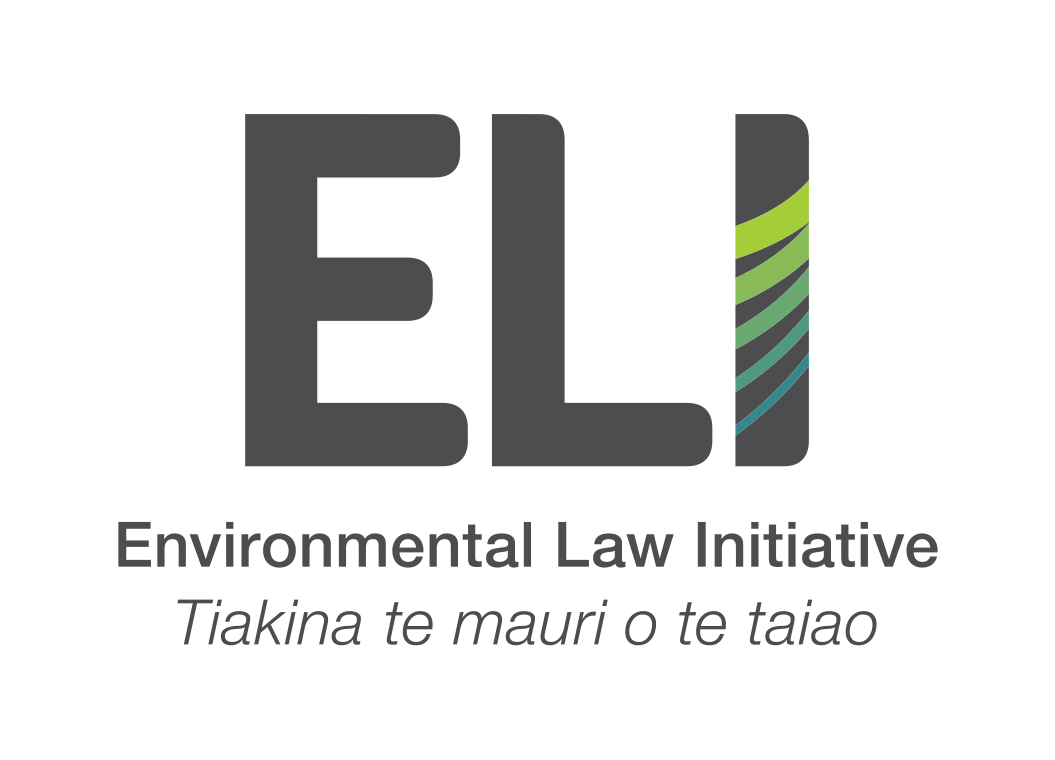ELI submits on the proposed Waikato Regional Coastal Plan
ELI has submitted on Waikato Regional Council’s proposed Regional Coastal Plan.
The proposed plan contains rules for activities in the coastal marine area, but it also needs to implement national policies for the broader coastal environment, especially those set out in the NZ Coastal Policy Statement.
ELI’s submission focusses on coastal water quality, particularly in areas where water quality has been impacted by land-based discharges – that is, nutrients and sediment from activities happening inland. These activities are occurring outside of the coastal environment but the effects are felt inside the coastal environment.
The Council’s own reporting indicates that for the Firth of Thames and its seaward approaches, the bulk of Dissolved Inorganic Nitrogen originates from upstream. This acidifies the water and deprives it of the oxygen necessary to sustain life. We have already seen “black water events” (extremely low quality water with low oxygen, high nutrients, high sediment content, botulism) during summers. We will see more unless the proposed Regional Coastal plan addresses the problems of upstream pollution.
ELI’s submission recommends amendments to the proposed Regional Coastal Plan to actually integrate management of land with the desired and required outcomes for the coastal environment, rather than just talking about it. Our submission seeks:
- clear objectives, limits and targets, consistent with healthy ecosystems are set for coastal waters as part of the plan;
- measures to make sure cumulative effects don’t fall through the cracks between the proposed coastal plan and other planning programmes;
- signals to ensure that discharges inland operate to the water quality outcomes set in the coastal plan;
- outcomes for the coastal environment which ensure that pollution does not result in adverse effects on threatened species, or significant effects on aquatic life.

